London plane (LPL)
London plane is a hybrid between Oriental plane (Platanus orientalis) from southern Europe and American sycamore (Platanus occidentalis). Generally thought to have a garden origin in Oxford during the 17th century with some disputed evidence of an origin in Spain hence its other commonly used name the syn. Platanus x hispanica.
Very tolerant of atmospheric pollution and root compaction it is a popular street tree. With its mottled colourful bark, large size and stature it is instantly recognisable and an important part of London’s treescape, hence its common name. It is also widely planted in cities around the world with temperate climates for its ornamental and parkland value.
The young leaves and seed shed short hairs and can be an irritant when breathed in. This can exacerbate breathing issues particularly for people with asthma.
Although long cultivated and horticulturally well known there is little silvicultural knowledge on growing London plane as a productive forest tree in Britain. Current interest is the species may benefit from climate warming and its potential as an alternative to ash on some sites.
London plane is categorised as a plot-stage species. These are species that have demonstrated some positive silvicultural characteristics at the Specimen-stage and are now subject to further testing in a limited number of trial plots.
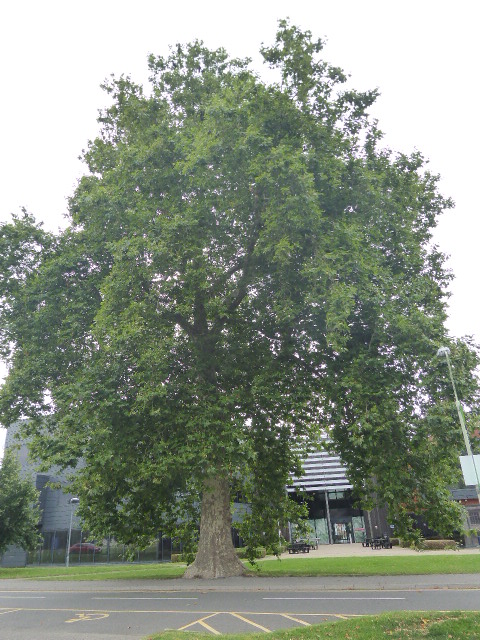
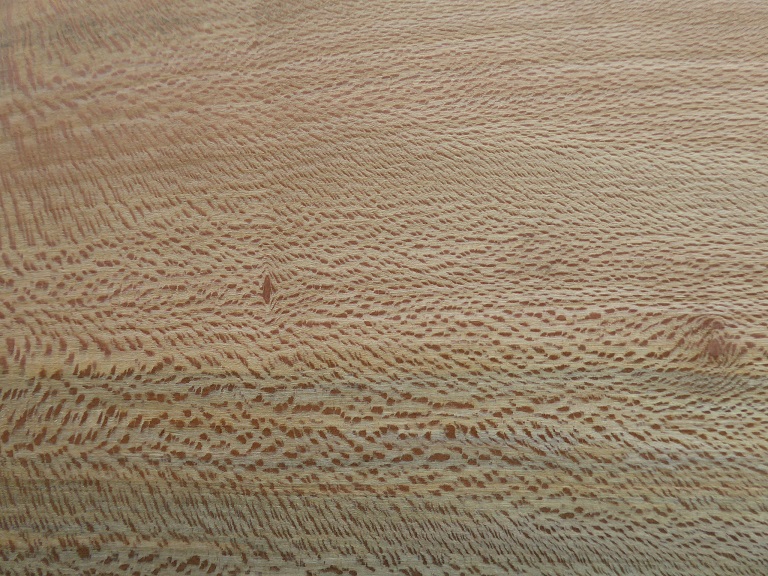
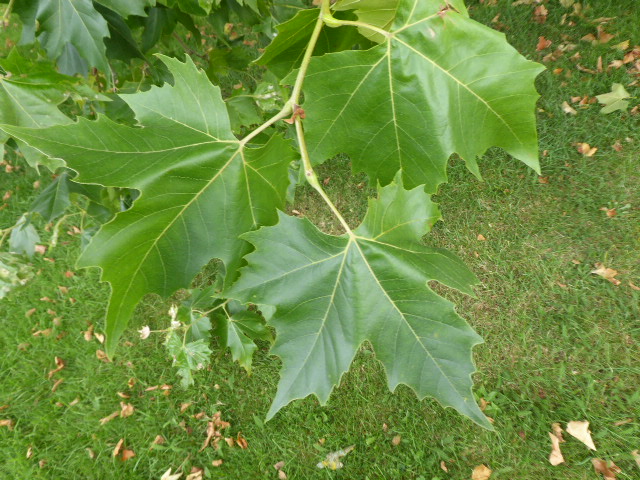
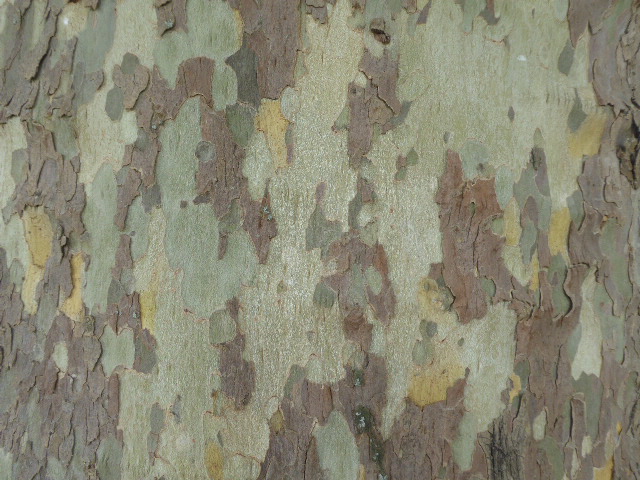
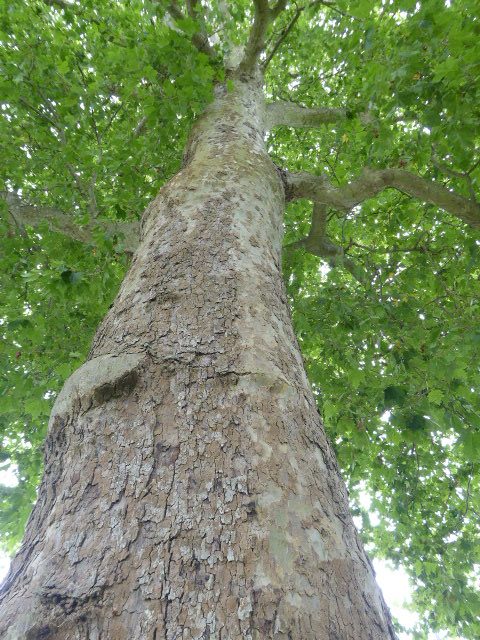
Range
Various plane species occur in North America, eastern Europe, and Asia. The species most seen in Britain is the hybrid London plane (Platanus x acerifolia, syn. P. hispanica).
Provenance Choice
Although there is known to be provenance variation in the parent species, there is no information about any differences in their hybrid. A number of cultivars have been identified, but there is little knowledge about their relative merits in British forestry.
Site Requirements
London plane grows best on soils of medium to rich nutrient status and slightly dry to moist soil moisture. However, it can grow on drier soils, and is reasonably drought tolerant. It is not suited to very wet or alkaline soils. It is cold hardy to -29 °C, but is sensitive to exposure, particularly to cold, drying winds.
Further detail on the site requirements of London plane in current and future climates can be examined using the Forest Research Ecological Site Classification Decision Support System (ESC).
ECOLOGICAL SITE CLASSIFICATION TOOL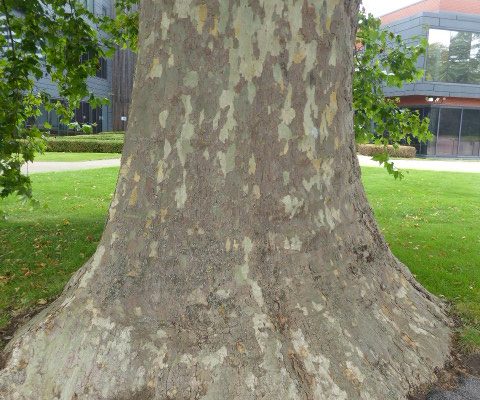
Silviculture
London plane is a fast-growing species of intermediate shade tolerance which needs early and regular thinning to provide adequate space for crown development. On favourable sites in southern Britain, London plane can become one of the tallest broadleaved species with individual specimens being nearly 50 m tall and over 250 years old.
Seedlings can be grown from seed or propagated by hardwood cuttings or from root suckers. Limited experience suggests that it should be planted at similar densities to sycamore or Norway maple: such spacings should prevent the development of coarse branches which would damage eventual timber quality.
London plane starts to produce viable seed at an early age (<10 years) and at regular intervals thereafter. Occasional natural regeneration has been observed. It is best grown in mixture with other broadleaves or in small groups. One of the parent species (American plane) has been successfully trialled in the USA for short rotation forestry.
This species may find a role as a component of mixed broadleaved stands in lowland Britain, particularly where ash dieback is eliminating ash. However, its major use is likely to be as a component of urban forests due to its resilience to air pollution and water shortages.
Pests and Pathogens
Plane trees are commonly affected by anthracnose, caused by the fungus Apiognomonia veneta, which mostly causes only shoot and leaf death, but the effects can sometimes be severe.
Two other fungal pathogens which are significant in Europe could become very damaging to Platanus species in the UK.
One is canker stain of plane, also known as plane tree wilt, caused by the fungus Ceratocystis platani. This disease now occurs in several European countries and has caused considerable damage to plane trees, including to the famous avenue of plane trees lining the Canal du Midi in France.
The other is Massaria disease, in which the fungus Splanchnonema platani is believed to play at least some part. It attacks the bark and cambium on the branches of London plane, causing sudden branch breakage, creating a public safety issue in towns and cities.
Both canker stain and Massaria are notifiable diseases and any suspected cases in mainland Britain should be reported via TreeAlert.
See our other tools and resources
Further Resources
External
In addition to the general sources of information for species the following are useful for London plane.
Willoughby, I., Stokes, V., Poole, J., White, J.E.J. and Hodge, S.J. (2007). The potential of 44 native and non-native tree species for woodland creation on a range of contrasting sites in lowland Britain. Forestry: An International Journal of Forest Research, 80 (5), 531–553
Wilson, SMcG, Mason, B., Savill, PS and Jinks, R. (2017) Noble Hardwood Alternatives to Ash. Quarterly Journal of Forestry, 111, 166-182.




